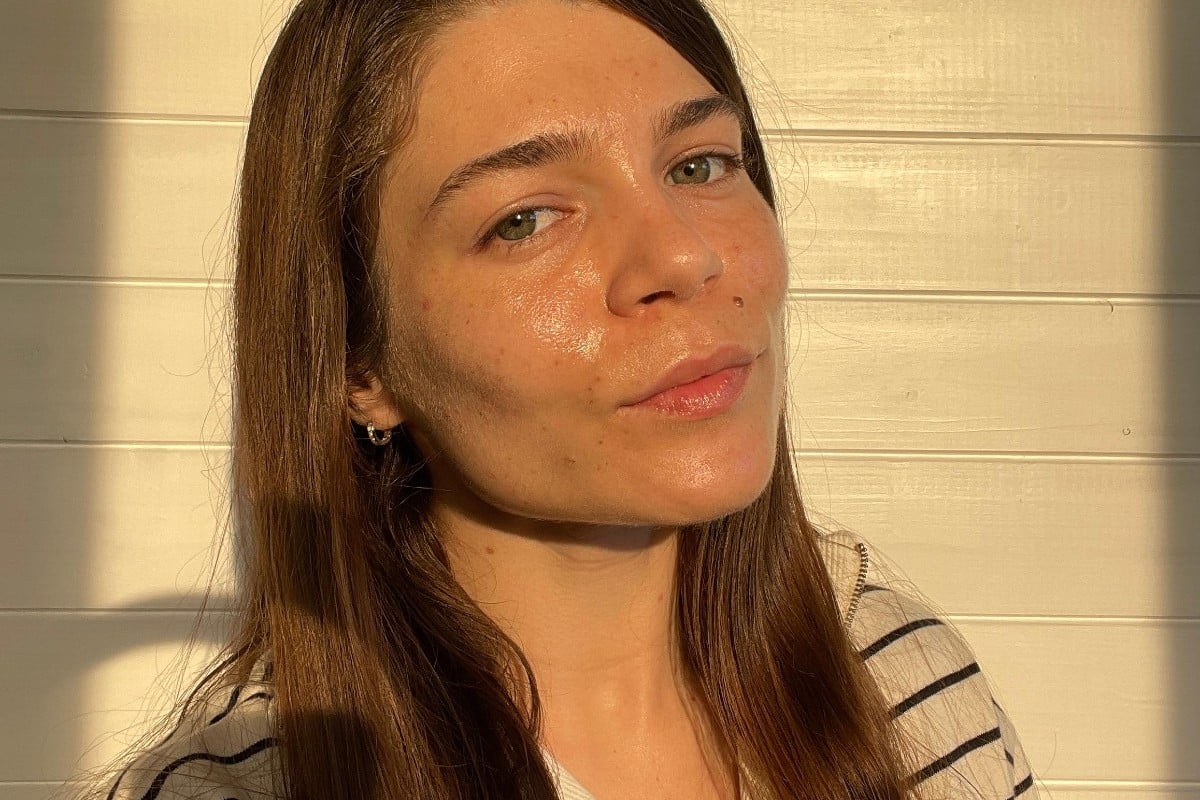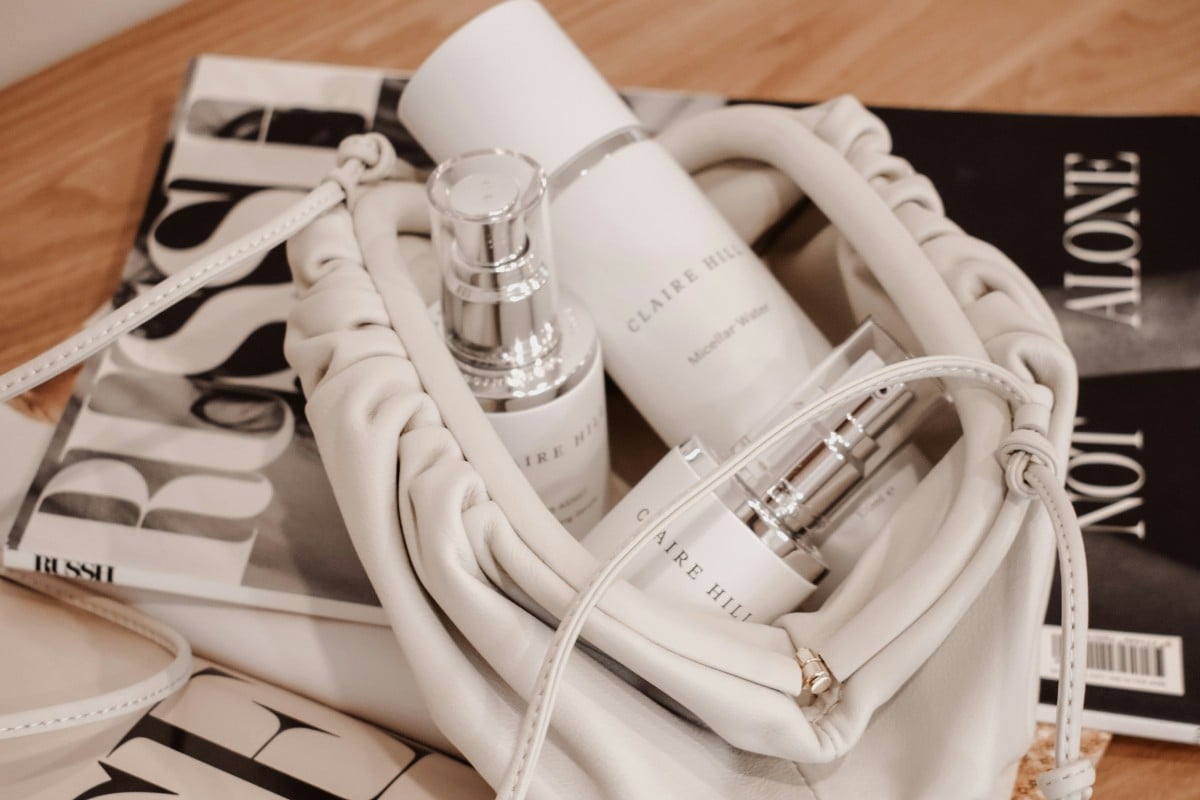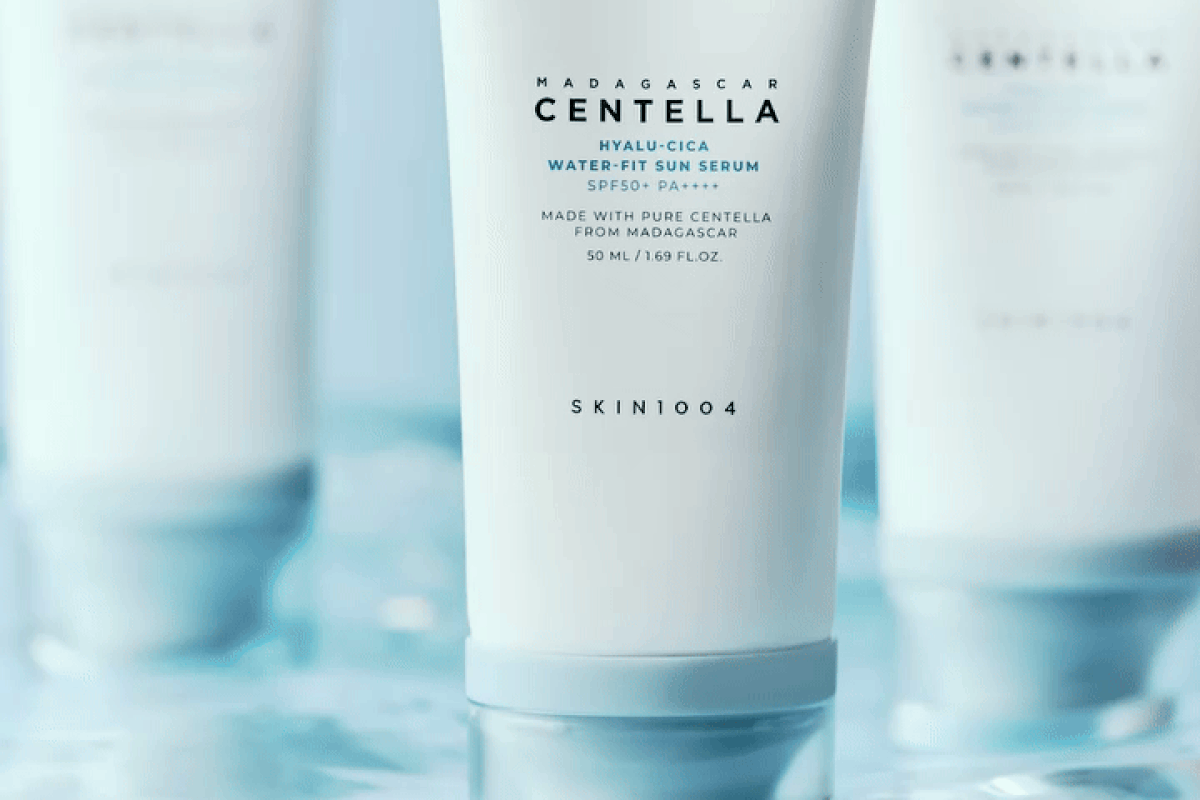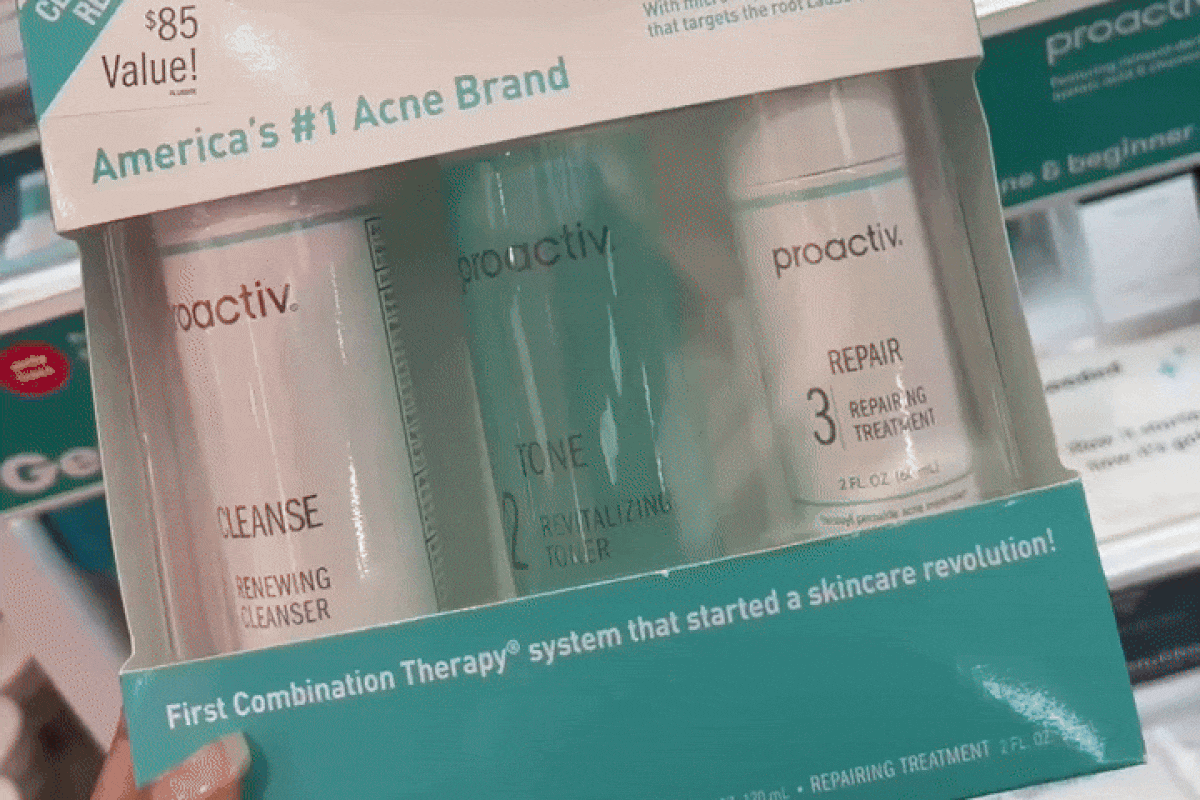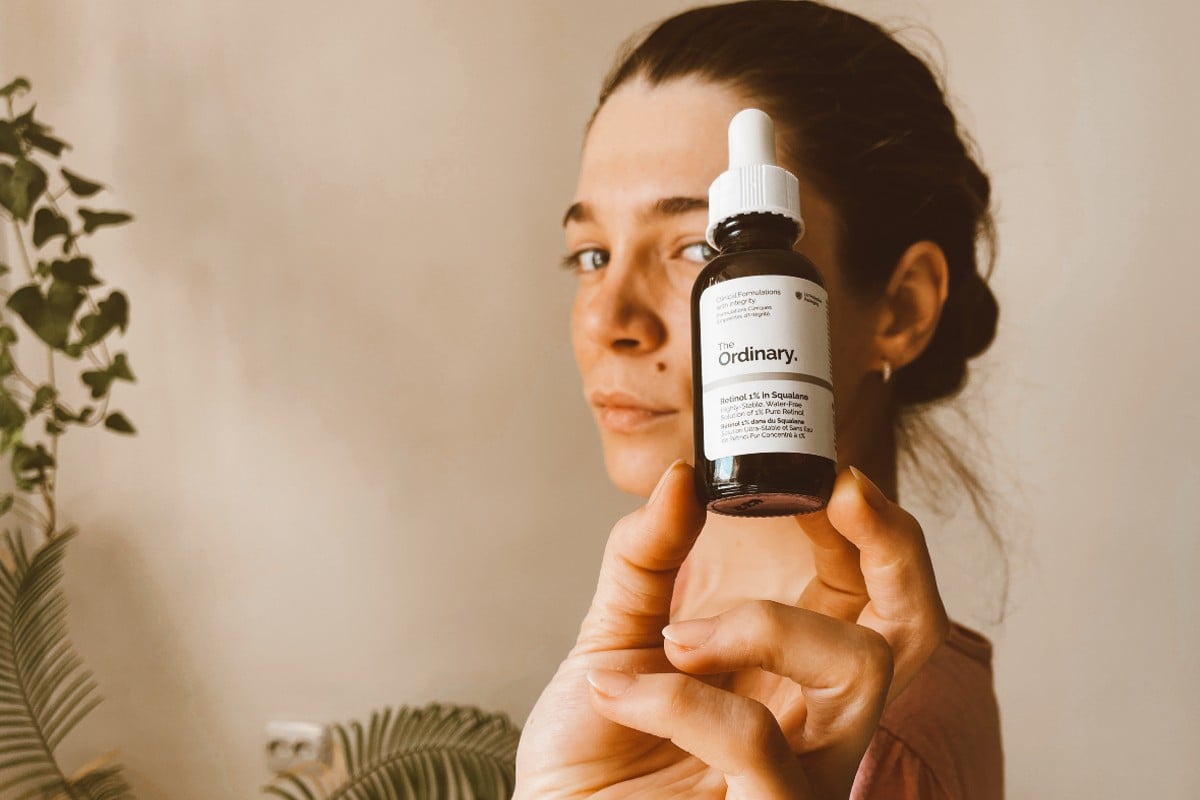This article has been reviewed by Dr. Meg Sison.
The cardinal skincare rule is to use sunscreen as the last step of your routine every morning to protect yourself from the sun’s harmful rays. However, for those with a multi-step skincare routine, determining the proper order of applying products can be quite challenging. And layering sunscreen is not a game. Doing it wrong can reduce or cancel its effects, or some elements in your moisturizer could affect or inactivate ingredients in sunscreen.
So, should you apply sunscreen before or after moisturizer? Short answer: it entirely depends on the type of sunscreen you use. To get to the bottom of it, we consulted Dr. Meg Sison, a board-certified dermatologist practicing both medical and cosmetic dermatology.
Chemical vs. physical sunscreen
There are two types of sunscreen. There’s chemical, which works like a sponge, and physical, which acts as a shelter. Chemical sunscreens use synthetic UV filters, such as oxybenzone, octinoxate, or avobenzone, to create a chemical reaction. They penetrate the skin and absorb UV rays, converting them into heat and releasing them from the body. On the other hand, physical (mineral) sunscreens are made with mineral ingredients like titanium dioxide and zinc oxide. They work by sitting on the surface, forming a shield that reflects damaging UV rays away from the skin.
“Choice of sunscreen is largely a personal preference, and the best sunscreen is the one that you’ll use and reapply every day,” Dr. Meg Sison, a board-certified dermatologist, says. However, you should ensure that your sunscreen, at a bare minimum, provides a decent amount of protection. Look out for products with broad spectrum protection UVA and UVB and at least 30 SPF. Also, consider a lightweight and non-comedogenic formula if you have oily skin.
Sunscreen or moisturizer first?
All things considered, here’s how you should apply sunscreen and moisturizer. If you use a chemical sunscreen, apply it before moisturizer since this type of sunscreen needs to be absorbed into the skin. In case you’re using a physical sunscreen, apply it after your moisturizer to form a protective film that won’t let rays enter the skin.
So if you’re using a chemical sunscreen, this is how you do it:
- Cleanse
- Tone
- Use serum
- Apply sunscreen
- Moisturize
Or, if you have physical sunscreen:
- Cleanse
- Tone
- Use serum
- Moisturize
- Apply sunscreen
Is it necessary to apply moisturizer before sunscreen?
No. If you want to simplify your routine, it’s completely fine to cut out the use of a separate moisturizer and apply sunscreen only.
How long should I wait to apply sunscreen after moisturizer?
There is no set rule regarding the waiting time between applying moisturizer and sunscreen. Generally, it’s recommended to wait 2-3 minutes after using the moisturizer before applying sunscreen. This allows the moisturizer to fully absorb into the skin and creates a barrier that can help lock in the sunscreen for enhanced protection.
Should I layer sunscreen if my moisturizer or foundation has SPF?
Do your moisturizer and foundation give SPF? Great! Does it replace your sunscreen? Absolutely not. Sunscreen is not to skip, even if your moisturizer or other products provides some sun protection. The SPF 30 in your moisturizer, primer or foundation is less effective than an SPF 30 sunscreen. The amount of moisturizer or foundation you use is not enough to give you the same SPF a dedicated sunscreen would.
Dr. Meg tells us that “A separate sunscreen is required underneath your foundation. The SPF in your makeup is not enough to offer UV protection since it is only applied using a thin layer, which is less than the recommended amount of 2mg/cm2”. Ok, the exception is if you’re planning to stay inside all day, away from windows, and you just do your makeup for that zoom meeting.
The verdict
Ideally, use moisturizer after sunscreen if your sunscreen is chemical and before if you apply a physical sunscreen. And remember, it’s best to use a separate sunscreen with at least 30 SPF, even if your moisturizer or foundation provides some sun protection.
Read next: 10 Best SPF 50 Sunscreens To Keep Your Skin Protected


